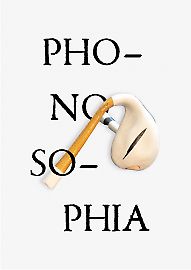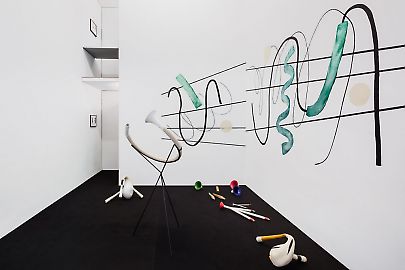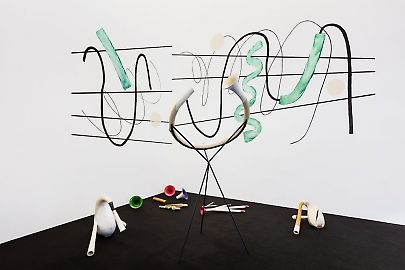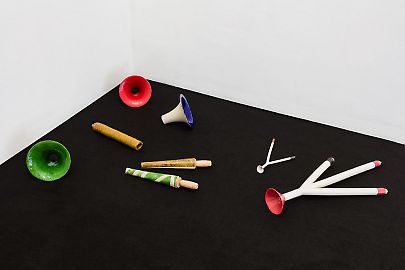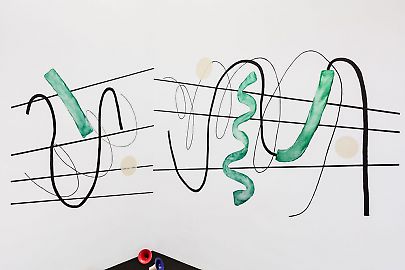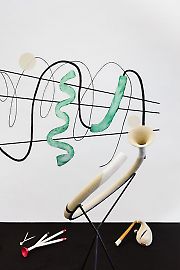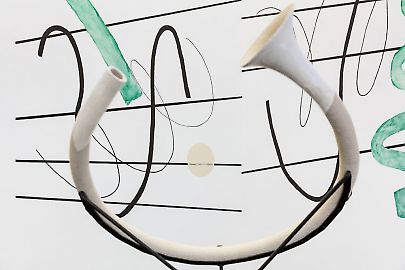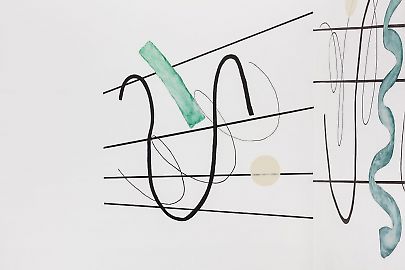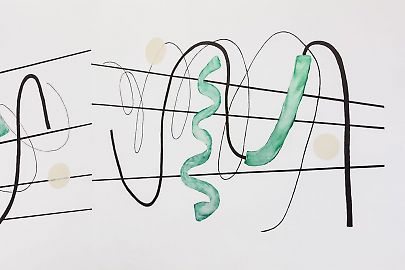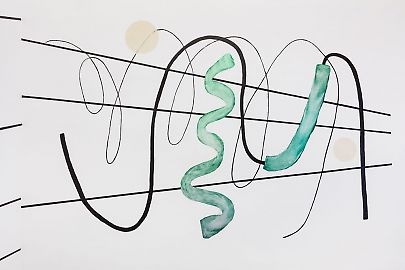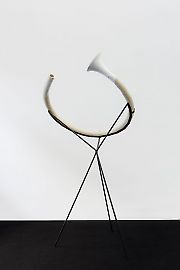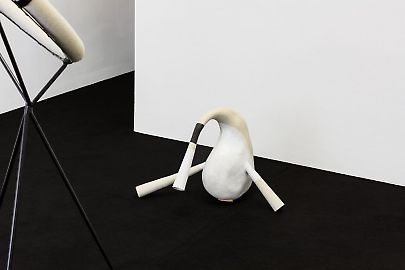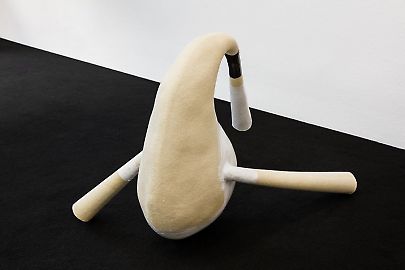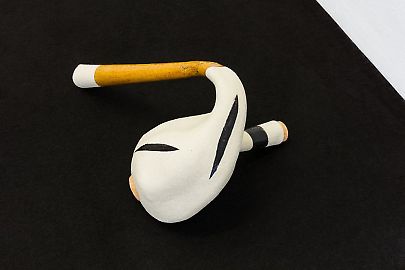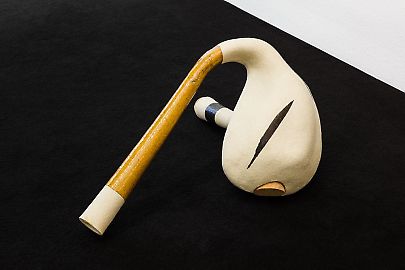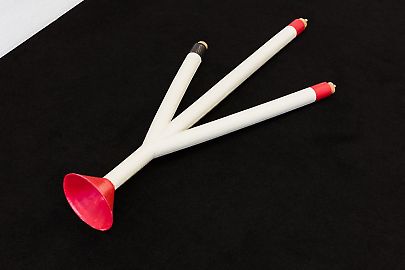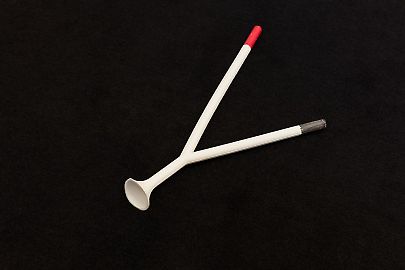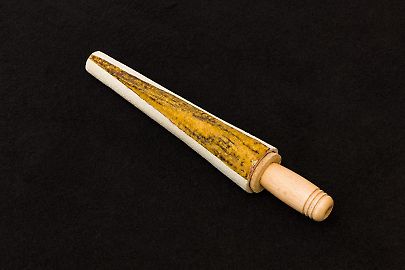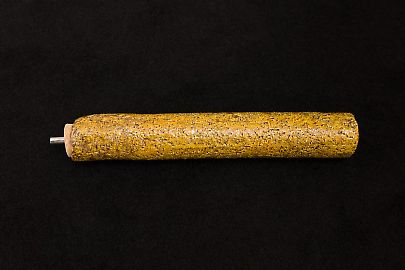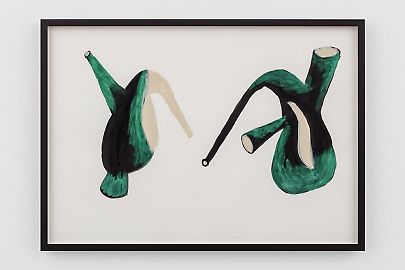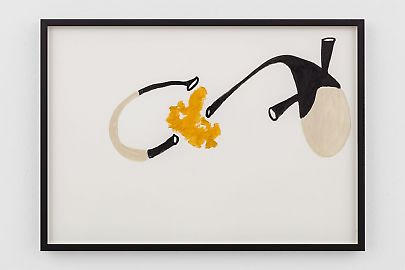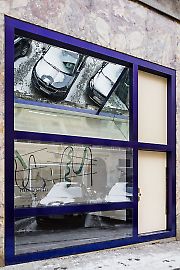Camila Sposati -- Phonosophia
Camila Sposati, Phonosophia, exhibition view, 2021, courtesy the artist and Georg Kargl Fine Arts, © Georg Kargl Fine Arts, photo kunst-dokumentation.com
Camila Sposati, Phonosophia, exhibition view, 2021, courtesy the artist and Georg Kargl Fine Arts, © Georg Kargl Fine Arts, photo kunst-dokumentation.com
Camila Sposati, Phonosophia, exhibition view, 2021, courtesy the artist and Georg Kargl Fine Arts, © Georg Kargl Fine Arts, photo kunst-dokumentation.com
Camila Sposati, Phonosophia, exhibition view, 2021, courtesy the artist and Georg Kargl Fine Arts, © Georg Kargl Fine Arts, photo kunst-dokumentation.com
Camila Sposati, Phonosophia, 2021, exhibition view, courtesy of the artist and Georg Kargl Fine Arts, © Georg Kargl Fine Arts, photo: kunst-dokumentation.com
Camila Sposati, Phonosophia, 2021, exhibition view, courtesy of the artist and Georg Kargl Fine Arts, © Georg Kargl Fine Arts, photo: kunst-dokumentation.com
Camila Sposati, Phonosophia, 2021, exhibition view, courtesy of the artist and Georg Kargl Fine Arts, © Georg Kargl Fine Arts, photo: kunst-dokumentation.com
Camila Sposati, Earth Guts (score), 2020, courtesy of the artist and Georg Kargl Fine Arts, © Georg Kargl Fine Arts, photo: kunst-dokumentation.com
Camila Sposati, Earth Guts (score), 2020, courtesy of the artist and Georg Kargl Fine Arts, © Georg Kargl Fine Arts, photo: kunst-dokumentation.com
Camila Sposati, Earth Guts (score), 2020, courtesy of the artist and Georg Kargl Fine Arts, © Georg Kargl Fine Arts, photo: kunst-dokumentation.com
Camila Sposati, Ring, 2020, courtesy of the artist and Georg Kargl Fine Arts, © Georg Kargl Fine Arts, photo: kunst-dokumentation.com
Camila Sposati, Ring, 2020, courtesy of the artist and Georg Kargl Fine Arts, © Georg Kargl Fine Arts, photo: kunst-dokumentation.com
Camila Sposati, Phonosophia, 2021, exhibition view, courtesy of the artist and Georg Kargl Fine Arts, © Georg Kargl Fine Arts, photo: kunst-dokumentation.com
Camila Sposati, Guts, 2020, courtesy of the artist and Georg Kargl Fine Arts, © Georg Kargl Fine Arts, photo: kunst-dokumentation.com
Camila Sposati, Guts, 2020, courtesy of the artist and Georg Kargl Fine Arts, © Georg Kargl Fine Arts, photo: kunst-dokumentation.com
Camila Sposati, Guts, 2020, courtesy of the artist and Georg Kargl Fine Arts, © Georg Kargl Fine Arts, photo: kunst-dokumentation.com
Camila Sposati, Guts, 2020, courtesy of the artist and Georg Kargl Fine Arts, © Georg Kargl Fine Arts, photo: kunst-dokumentation.com
Camila Sposati, Guts, 2020, courtesy of the artist and Georg Kargl Fine Arts, © Georg Kargl Fine Arts, photo: kunst-dokumentation.com
Camila Sposati, Solua, 2020, courtesy of the artist and Georg Kargl Fine Arts, © Georg Kargl Fine Arts, photo: kunst-dokumentation.com
Camila Sposati, Solua, 2020, courtesy of the artist and Georg Kargl Fine Arts, © Georg Kargl Fine Arts, photo: kunst-dokumentation.com
Camila Sposati, Flute duck, 2020, courtesy of the artist and Georg Kargl Fine Arts, © Georg Kargl Fine Arts, photo: kunst-dokumentation.com
Camila Sposati, Flute rabbit, 2020, courtesy of the artist and Georg Kargl Fine Arts, © Georg Kargl Fine Arts, photo: kunst-dokumentation.com
Camila Sposati, Flute, 2020, courtesy of the artist and Georg Kargl Fine Arts, © Georg Kargl Fine Arts, photo: kunst-dokumentation.com
Camila Sposati, Phonosophia, 2021, exhibition view, courtesy of the artist and Georg Kargl Fine Arts, © Georg Kargl Fine Arts, photo: kunst-dokumentation.com
Camila Sposati, Activation, 2020, courtesy of the artist and Georg Kargl Fine Arts, © Georg Kargl Fine Arts, photo: kunst-dokumentation.com
Camila Sposati, Activation, 2020, courtesy of the artist and Georg Kargl Fine Arts, © Georg Kargl Fine Arts, photo: kunst-dokumentation.com
Please click here to watch the video of the exhibition.
A reading of Camila Sposati’s Phonosophia by Aziza Harmel
Olga Tokarczuk, Flights
The act of digging this large hole in Bahia to build a theater (which was deconstructed, and the hole closed a year later) also points to the logic of extraction facilitated by colonial juridical mechanisms and structures of late capitalism. Mining is one of the major industries in the Brazilian economy, with disastrous consequences for the environment and the Amazonian indigenous, who have lived on these lands since precolonial times. Sposati acknowledges that the Earth remembers and embodies, and therefore a relationship exists between the anatomy of the Earth and the necessity of reflection on the interior, the organs of the Earth.
The instruments evoke and invoke the structure and function of the human organs: guts, liver, larynx, lungs. Nevertheless, these objects are not self-referential but rather are subjects, just as the drawings are not representations of the instrument, but instead coexist with them both potentially and intentionally. Breaking away from one determined mode of perception, Sposati explores an understanding of the world mediated by different approaches to the body and its functions and reflects on how meaning circulates beyond wanting to know and not being able to comprehend.
This exhibition at Georg Kargl BOX happens to overlap with an exhibition at Kunsthalle Wien, titled Cybernetics of the Poor, where Sposati’s Phonosophia is also shown. In Cybernetics of the Poor, curated by Diedrich Diederichsen and Oier Etxeberria, some of Sposati’s instruments can be seen placed on a circular wooden platform, surrounded by a wall on which she has drawn scores for possible activations. What Sposati calls activation is a latent, visible or invisible interaction within the constellation of the work in a given context. Each element is a container for a potential future use. This potentiality goes far beyond what might possibly occur but serves as an acknowledgement of the constant flow of energies around us. The activation creates a setting for this flow that is neither random nor predetermined. This dialogue also occurs between the two bodies of work presented in the two exhibitions, taking place in two different spaces in the same city. Beyond any metaphorization, they activate each other.
In her text Hydrofeminism: Or, On Becoming a Body of Water, Astrida Neimanis discusses this idea of the membrane, mentioning Nancy Tuana’s use of the term “viscous porosity.” Neimanis states that “[w]hile the concept of fluidity emphasizes traversals across and between bodies, viscosity reminds Tuana that there are still bodies—all different—that need to be accounted for. Viscosity draws attention to ‘sites of resistance and opposition’ rather than only ‘a notion of open possibilities’ that might suggest one indiscriminate flow. Despite the fact that we are all watery bodies, leaking into and sponging off of one another, we resist total dissolution, material annihilation. Or more aptly, we postpone it: ashes to ashes, water to water.” Sposati would probably add to this: earth to earth, Earth’s Earth.
The paint that Sposati uses in her drawings of the instruments, shown for the first time in this exhibition, is also viscous both in its matter and in the indeterminacy of its color. In fact, she often uses iridescent paint, which appears to gradually change color as the angle of view or the angle of illumination changes. Iridescence is caused by differential refraction of light waves like on soap bubbles or on certain feathers. The indeterminacy of the colors used to draw the instruments is also the result of the artist’s resistance to representing them.
These interconnections between all the elements in Sposati’s work are the result of the concrete, yet invisible, transfers of experience throughout the artist’s practice, conceptually and bodily. Within Western politics of the gaze and image there is the assumption that the visible is what exists and the invisible, by contrast, is what does not exist. This action of scission between the two is not natural. It is a construction emanating from historical and social struggles. Phonosophia breaks away from this scission, drifting towards an encounter between several bodies that will react and expand through each other.
Not exactly as a goal, but as an exploration and a deep attention to what happens within and as a reflection on the mediation between the instrument and its surroundings.


